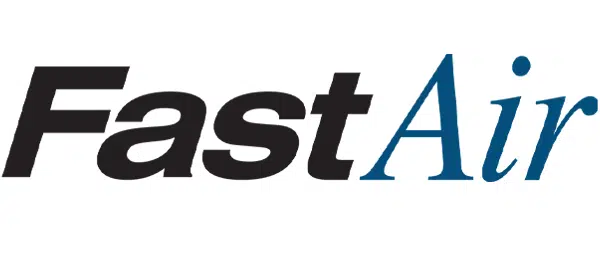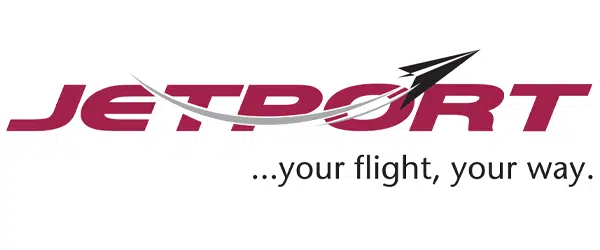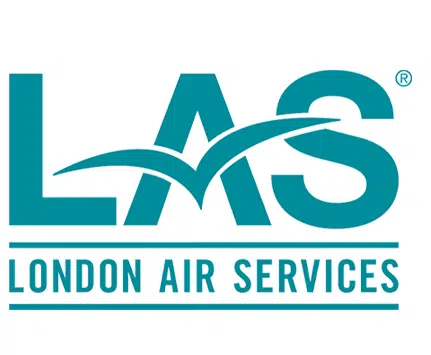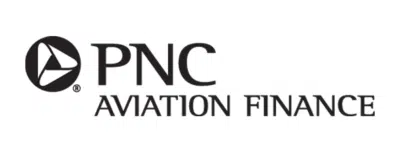Navigating Spare Parts in Aircraft Purchase Agreements
When it comes to acquiring an aircraft, understanding the intricacies of the aircraft purchase agreement is pivotal to ensuring a smooth transaction. Among these complexities, the inclusion of spare parts in aircraft purchase agreements often emerges as a critical point of negotiation.
This guide aims to shed light on the importance of detailed inventory requirements and the strategic listing of spare parts to mitigate potential disputes and align buyer and seller expectations.
Spare Parts in Aircraft Purchase Agreements
Aircraft purchase agreements typically contain a broad reference that spare parts in the seller’s possession or control, such as aircraft-specific tow bars, spare landing great assemblies, tires and other items originally delivered with the aircraft from the manufacturer, be included in the deal. However, the vagueness of these clauses can sometimes lead to post-closing disputes regarding the actual scope of the agreement.
The Shift Towards Detailed Schedules
Increasingly, it has become advisable to explicitly list spare parts in a schedule attached to the purchase agreement. This practice not only helps avoid misunderstandings after the deal is closed but also provides tangible benefits to both parties involved. Sellers are able to ensure that spare parts, which hold significant value, are factored into the deal. Conversely, purchasers gain increased visibility on what’s included in the transaction since spare parts are often overlooked during the aircraft evaluation process.
Technical Tools and Units
Technical tools or units purchased after the aircraft’s initial acquisition should not automatically be considered as spare parts unless they are explicitly represented as such within the agreement. Purchasers should ensure that any items represented as part of the deal are included in the purchase agreement’s schedules.
Importance of Detailed Inventory Requirements
Detailed inventory requirements provide enhanced transparency on what is included in the sale. Without such clarity, disputes may arise. This is exemplified by a recent scenario we encountered where the seller removed custom-monogrammed tableware and flatware from the aircraft’s cabinets between the visual inspection and final delivery of the aircraft. While negotiations finally resolved the impasse, a more detailed inventory description could have avoided the dispute altogether.
Conclusion
A comprehensive understanding of spare parts inclusion in aircraft purchase agreements, coupled with detailed schedules and inventory requirements, can help mitigate post-closing disputes and align expectations. By prioritizing clear communication and detailed documentation in aircraft purchase agreements, stakeholders can navigate the complexities of spare parts inclusion with confidence, ensuring a smooth and dispute-free transaction.
- Negotiability of APU
- Navigating Spare Parts in Aircraft Purchase Agreements
- MSP Agreements in Aircraft Purchase Transactions


































